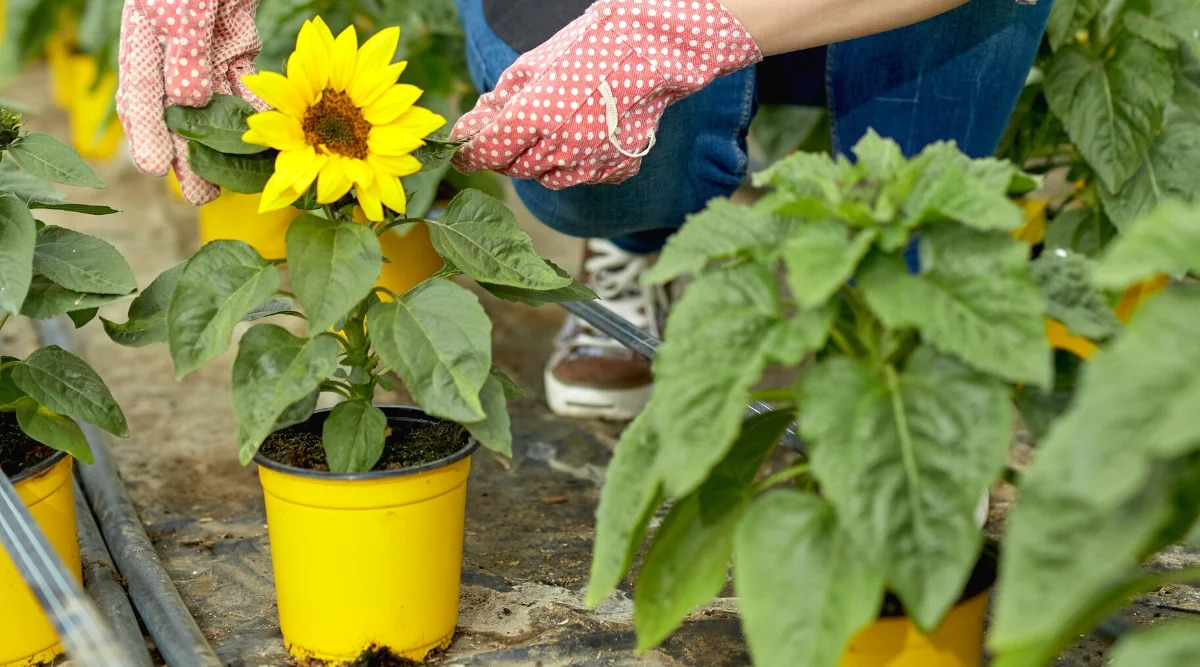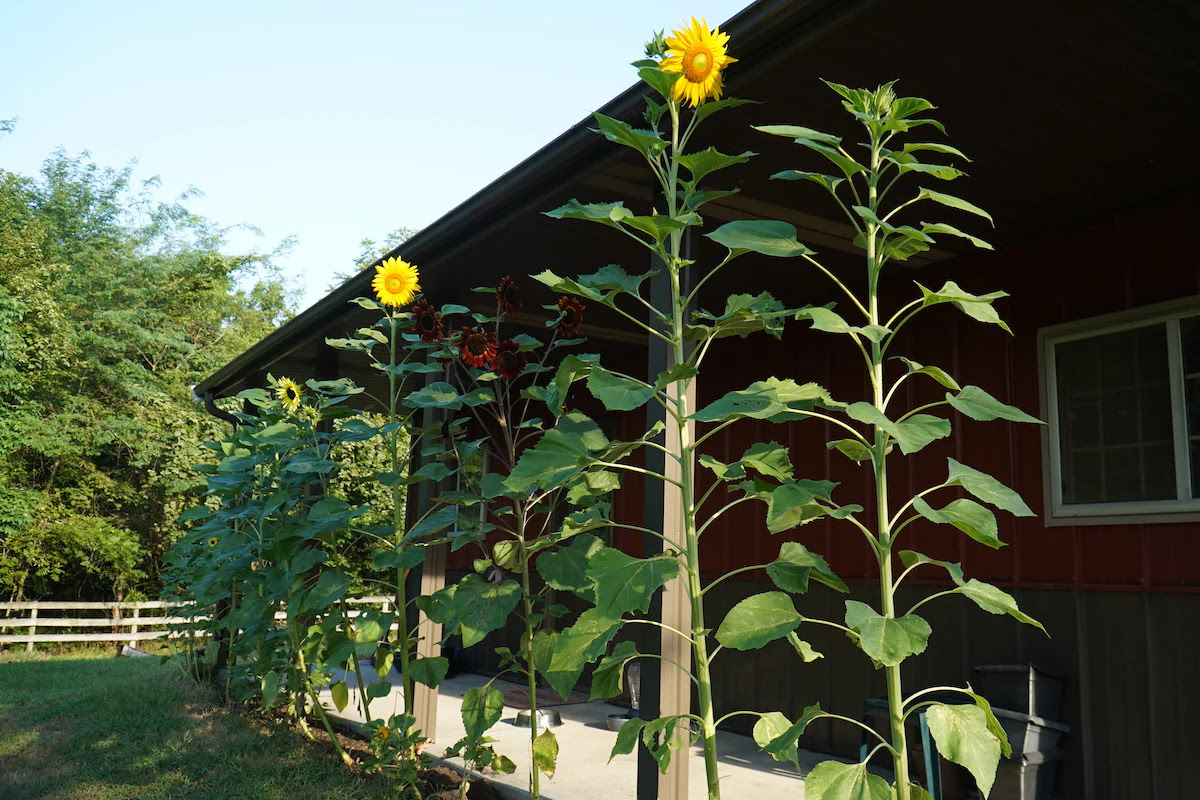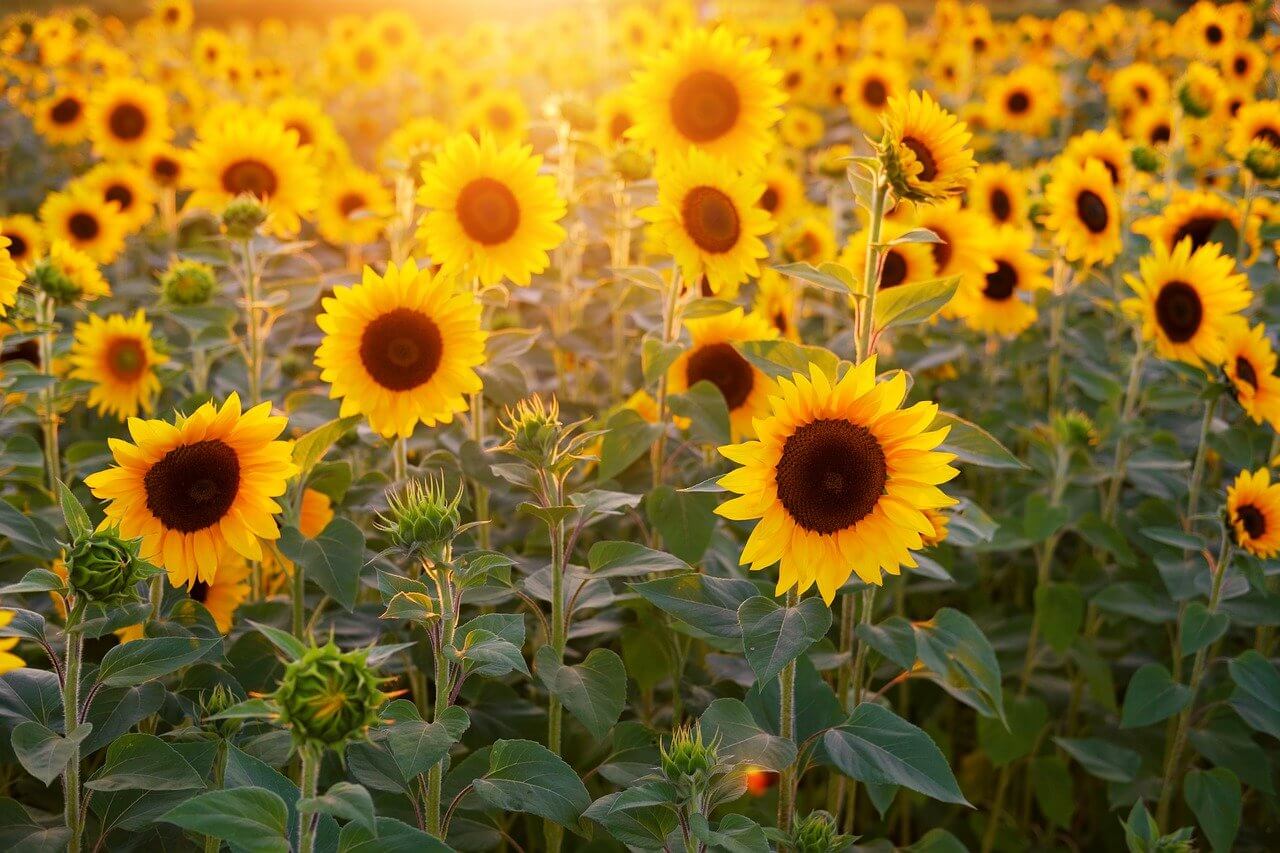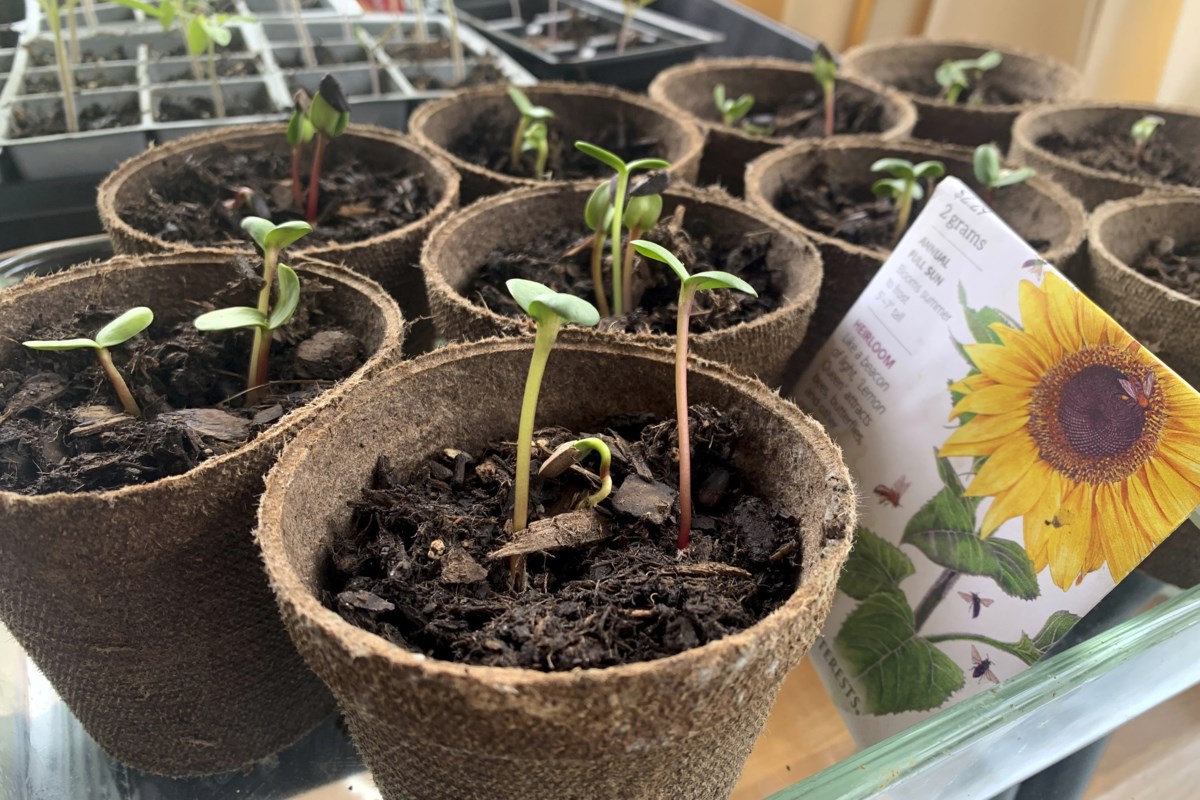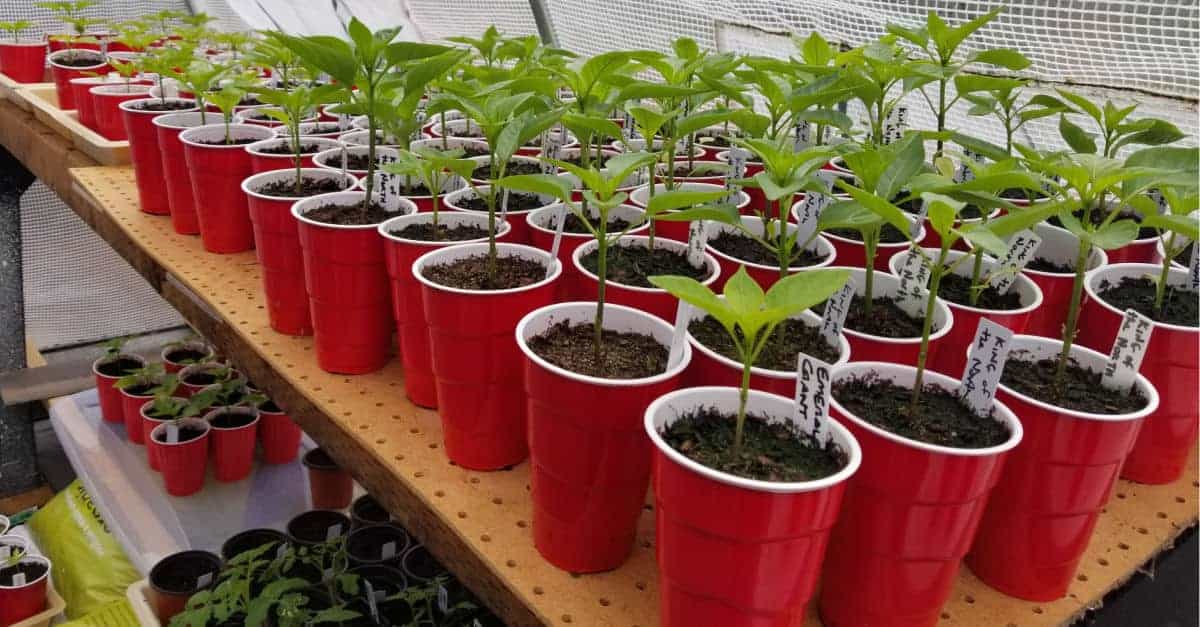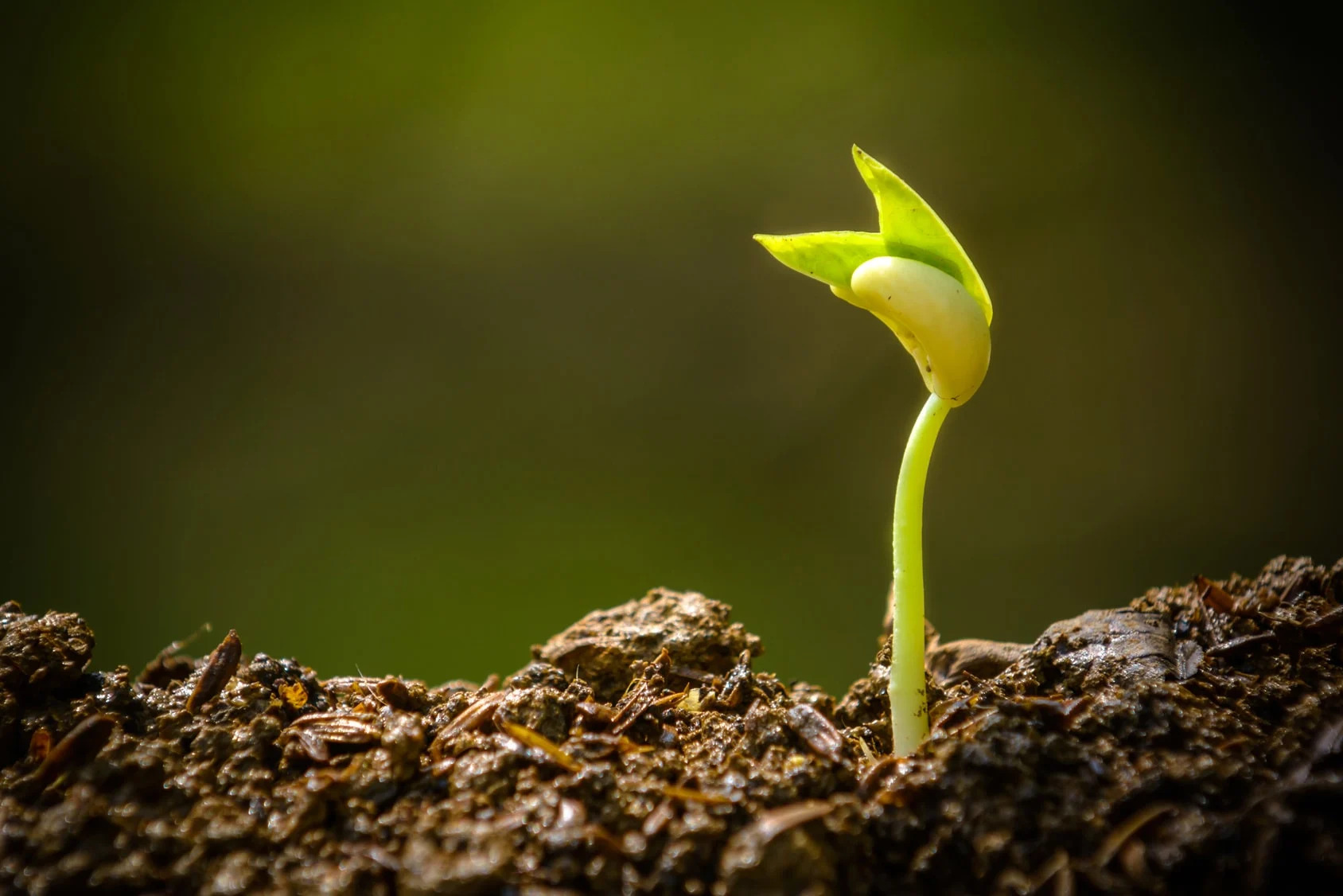Home>Reviews>Product Reviews>How Much Are Sunflowers
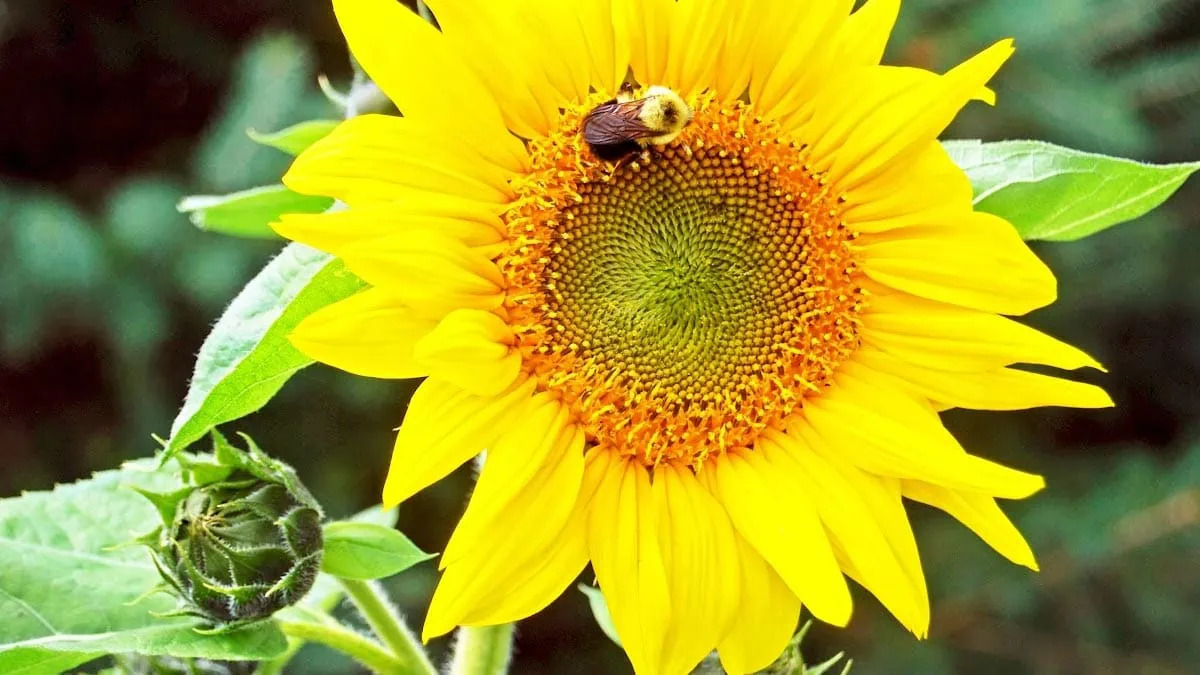

Product Reviews
How Much Are Sunflowers
Modified: January 22, 2024
Discover the latest product reviews and find out how much sunflowers cost. Get valuable insights and make informed purchase decisions.
(Many of the links in this article redirect to a specific reviewed product. Your purchase of these products through affiliate links helps to generate commission for Chicagolandgardening.com, at no extra cost. Learn more)
Table of Contents
**
Introduction
**
Sunflowers, with their vibrant petals and towering stems, have captivated humanity for centuries. These remarkable flowers are not only a sight to behold but also hold economic significance in various industries. From ornamental uses to the production of sunflower oil and seeds, these versatile blooms play a crucial role in agriculture and commerce. In this comprehensive guide, we will delve into the world of sunflowers, exploring their varieties, cultivation, market prices, and the factors that influence their value.
Sunflowers are not only visually stunning but also boast an array of practical applications. The cultivation of sunflowers is an art form in itself, requiring a delicate balance of care and attention to yield a bountiful harvest. Understanding the nuances of sunflower varieties, growth requirements, and market dynamics is essential for both enthusiasts and professionals in the agricultural and floral industries. Whether you are a hobbyist gardener or a seasoned farmer, the insights provided in this guide will equip you with valuable knowledge about sunflowers and their economic significance.
Join us on a journey through the sunflower fields as we uncover the secrets of these majestic blooms. From the mesmerizing array of sunflower varieties to the intricacies of cultivation and the economic landscape, this guide will provide a holistic understanding of sunflowers and their market dynamics. Whether you seek to adorn your garden with these resplendent flowers or gain insights into the commercial aspects of sunflower production, this guide is your gateway to the world of sunflowers.
Sunflower Varieties
Sunflowers come in a diverse range of varieties, each possessing unique characteristics that contribute to their allure and utility.
1. Traditional Sunflowers: These iconic sunflowers, known for their large, golden-yellow blooms and dark centers, are a timeless favorite. They are often cultivated for ornamental purposes and can reach towering heights, making them a striking addition to gardens and landscapes.
2. Dwarf Sunflowers: As the name suggests, these compact sunflowers are ideal for smaller spaces and container gardening. Despite their diminutive stature, they exhibit the classic sunflower appearance and are popular for their manageable size and charming appeal.
3. Colored Varieties: Beyond the classic yellow hues, sunflowers are available in an array of captivating colors, including rich reds, warm oranges, and rustic browns. These vibrant blooms add an artistic flair to floral arrangements and provide a refreshing twist on traditional sunflower aesthetics.
4. Pollen-Free Sunflowers: For individuals with allergies or those seeking low-maintenance blooms, pollen-free sunflowers offer a welcome solution. These varieties eliminate the risk of pollen-related allergies and ensure a hassle-free experience for floral enthusiasts.
5. Multi-Branching Sunflowers: Known for their prolific blooming capabilities, multi-branching sunflowers produce an abundance of flowers on a single plant. This trait makes them highly desirable for commercial production, as it maximizes the yield of sunflower seeds and enhances the visual impact of the plants.
Understanding the diverse array of sunflower varieties allows enthusiasts and growers to select the most suitable options based on their preferences, space constraints, and intended uses. Whether adorning a garden, harvesting seeds, or creating stunning floral arrangements, the wide range of sunflower varieties ensures that there is a perfect bloom for every purpose and aesthetic preference.
Growing Sunflowers
Cultivating sunflowers is a rewarding endeavor that offers a delightful blend of natural beauty and agricultural productivity. Whether you are a novice gardener or a seasoned farmer, understanding the essential steps for growing sunflowers is key to a successful harvest.
1. Site Selection: Sunflowers thrive in locations with ample sunlight and well-drained soil. When selecting a site for planting, ensure that it receives at least six to eight hours of direct sunlight daily. Additionally, opt for soil that is rich in organic matter and has good drainage to promote healthy root development.
2. Planting: Sunflower seeds can be directly sown into the ground after the last frost date has passed. The seeds should be planted at a depth of 1 to 1.5 inches and spaced approximately 6 to 12 inches apart, depending on the variety. For larger sunflower varieties, wider spacing may be necessary to accommodate their expansive growth.
3. Watering and Maintenance: While sunflowers are known for their resilience, consistent watering is crucial, especially during the germination and flowering stages. Adequate moisture promotes robust growth and vibrant blooms. Additionally, regular monitoring for pests and diseases, along with providing support for tall varieties, contributes to the overall health of the sunflowers.
4. Harvesting: As the sunflowers mature, their heads will begin to droop, and the back of the flower heads will turn from green to yellow or brown. This indicates that the seeds are ripening. To harvest sunflower seeds, cut the flower heads and hang them in a well-ventilated area to dry. Once the seeds are thoroughly dry, they can be removed and stored for consumption or planting in the following season.
By following these fundamental guidelines for growing sunflowers, individuals can experience the joy of nurturing these magnificent blooms from seed to harvest. Whether adorning a garden, cultivating sunflower seeds for culinary use, or harnessing their economic potential, the process of growing sunflowers embodies the harmonious intersection of nature’s splendor and human endeavor.
Sunflower Market Prices
The market prices of sunflowers and their derived products are influenced by a myriad of factors, reflecting the intersection of agricultural production, consumer demand, and economic dynamics. Understanding the pricing trends and fluctuations in the sunflower market is essential for stakeholders ranging from farmers and suppliers to consumers and industry analysts.
1. Sunflower Seeds: The pricing of sunflower seeds is a critical aspect of the market, as these seeds are utilized in various applications, including culinary uses, oil extraction, and bird feed. The market prices of sunflower seeds are influenced by factors such as global supply and demand, crop yields, weather conditions, and geopolitical developments that impact trade and production.
2. Sunflower Oil: As a widely consumed cooking oil and a key ingredient in food processing, the market prices of sunflower oil are subject to fluctuations driven by factors such as crop yields, oilseed processing capacities, consumer preferences, and the broader landscape of vegetable oil markets. Additionally, geopolitical events and trade policies can exert significant influence on the pricing of sunflower oil in the global market.
3. Floral Industry: Sunflowers are prized for their ornamental value, and the market prices of cut sunflowers and floral arrangements fluctuate based on factors such as seasonal demand, supply chain dynamics, and consumer preferences. The pricing of sunflowers in the floral industry is influenced by variables including production volumes, transportation costs, and the overall health of the floral market.
The market prices of sunflowers and their derivatives reflect the intricate interplay of agricultural, economic, and consumer-related factors. From the cultivation of sunflower seeds to the production of oil and the ornamental use of sunflowers, the market prices encapsulate the multifaceted value of these versatile blooms across various industries and consumer markets.
Factors Affecting Sunflower Prices
The pricing of sunflowers and their related products is influenced by a complex interplay of factors that shape market dynamics and determine the value of these versatile blooms. Understanding the key variables that affect sunflower prices is crucial for stakeholders across the agricultural, commercial, and consumer sectors.
1. Weather Conditions: Sunflower cultivation is heavily reliant on favorable weather patterns, and adverse conditions such as droughts, excessive rainfall, or unseasonable frosts can impact crop yields and quality. Weather-related fluctuations can disrupt supply chains, leading to potential shortages and subsequent price adjustments in the sunflower market.
2. Global Supply and Demand: The balance of global supply and demand for sunflower seeds, oil, and other derivatives plays a significant role in determining market prices. Factors such as crop yields in major producing regions, changes in consumption patterns, and international trade dynamics influence the equilibrium of supply and demand, thereby affecting pricing trends.
3. Trade Policies and Tariffs: Trade agreements, tariffs, and import-export regulations can directly impact the pricing of sunflower products. Changes in trade policies between key producing and consuming countries can lead to shifts in market dynamics, affecting the cost of sunflower seeds, oil, and other related commodities.
4. Economic Conditions: Broader economic factors, including currency exchange rates, inflation, and consumer purchasing power, can influence the pricing of sunflower products. Economic stability or volatility in key sunflower-producing or consuming regions can contribute to fluctuations in market prices, reflecting the interconnectedness of sunflower markets with the broader economy.
5. Technological Advancements: Innovations in agricultural practices, seed genetics, and oil extraction technologies can impact sunflower prices by influencing production efficiencies and crop yields. Technological advancements that enhance the productivity and quality of sunflower cultivation and processing can contribute to shifts in market prices over time.
By recognizing the multifaceted factors that shape sunflower prices, industry participants and consumers can gain valuable insights into the intricate dynamics of the sunflower market. From environmental influences and global trade dynamics to technological advancements and economic conditions, the interwoven web of variables underscores the nuanced nature of sunflower pricing and its implications for various stakeholders.
Conclusion
The world of sunflowers encompasses a rich tapestry of botanical diversity, agricultural significance, and commercial value. From the myriad varieties that adorn gardens and floral arrangements to the cultivation of sunflower seeds for oil and culinary purposes, these vibrant blooms hold a cherished place in both natural landscapes and economic landscapes. As we have explored the enchanting realm of sunflowers, from their diverse varieties to the intricacies of cultivation and the market forces that influence their pricing, it becomes evident that sunflowers are emblematic of both natural beauty and economic dynamism.
The cultivation and trade of sunflowers are deeply intertwined with the ebb and flow of agricultural production, consumer demand, and global market trends. The pricing of sunflower seeds, oil, and ornamental blooms is subject to a constellation of factors, ranging from weather conditions and technological advancements to trade policies and economic forces. Understanding the multifaceted nature of these influences is essential for stakeholders, whether they are farmers, suppliers, manufacturers, or consumers, as it provides valuable insights into the dynamics of the sunflower market.
As we bid adieu to this exploration of sunflowers, it is evident that these resplendent blooms embody a harmonious fusion of natural allure and economic significance. Whether adorning fields with their golden hues, gracing floral arrangements with their cheerful presence, or contributing to the production of nourishing oils and seeds, sunflowers continue to captivate and contribute to our lives in multifaceted ways. Embracing the enchanting world of sunflowers allows us to appreciate the beauty of nature while unraveling the intricacies of agricultural and commercial landscapes, where these radiant blooms shine brightly, both literally and figuratively.
